Whether it is through PCs or smart devices, computers control almost everything in the modern world.
Futurists often value computing power and related capabilities as key indicators of technological progress. The computational explosion of data will have a direct impact on fundamental pillars of society such as healthcare, security, communications, transportation and energy.
Illustration.
In Industry 4.0, new types of advanced computers have emerged and their utility and utility. The goal of these emerging technologies is to speed up the development of scalability and improve inherent human capabilities.
The field of computing has made enormous advances since the development of electronic computers in the 1960s. In humanity's hyper-connected society, information processing has undergone dramatic changes. network. According to futurist Ray Kurzweil, average processing power has doubled every two years and humans will be able to "expand the scope of our intelligence billions of times".
A decade ago, we could not have imagined the reality of cognitive computing, but recent advances in physics and nanotechnology have made it possible. Here are some examples of areas of computing paradigms that are changing rapidly:
Traditional or classical computing
Traditional or classical computing has seen many iterations in materials science using vacuum tubes, transistors, microprocessors, and integrated circuits. When using a classical computer, all processing is done using the same logic or high voltage/low voltage, and information is stored as bits in a memory device that can be 1 or 0 ( binary system).
Analog Computer - Analog Computing
Analog computers can process input and provide meaningful output without requiring the input to be translated into any specific computer language. Analog computers represent numbers using easily observable quantities such as voltage or rotation angle instead of codes, programming languages, or algorithms. Common examples of analog computers in use are thermometers, speedometers, and voltmeters.
Super-Computing
In contrast to traditional computers, they often consist of multiple CPUs (central processing units), which include circuits to decode instructions from the program and perform logical and mathematical operations in the correct order. Supercomputers differ from mainframes in that they have large amounts of data storage and powerful computing capabilities.
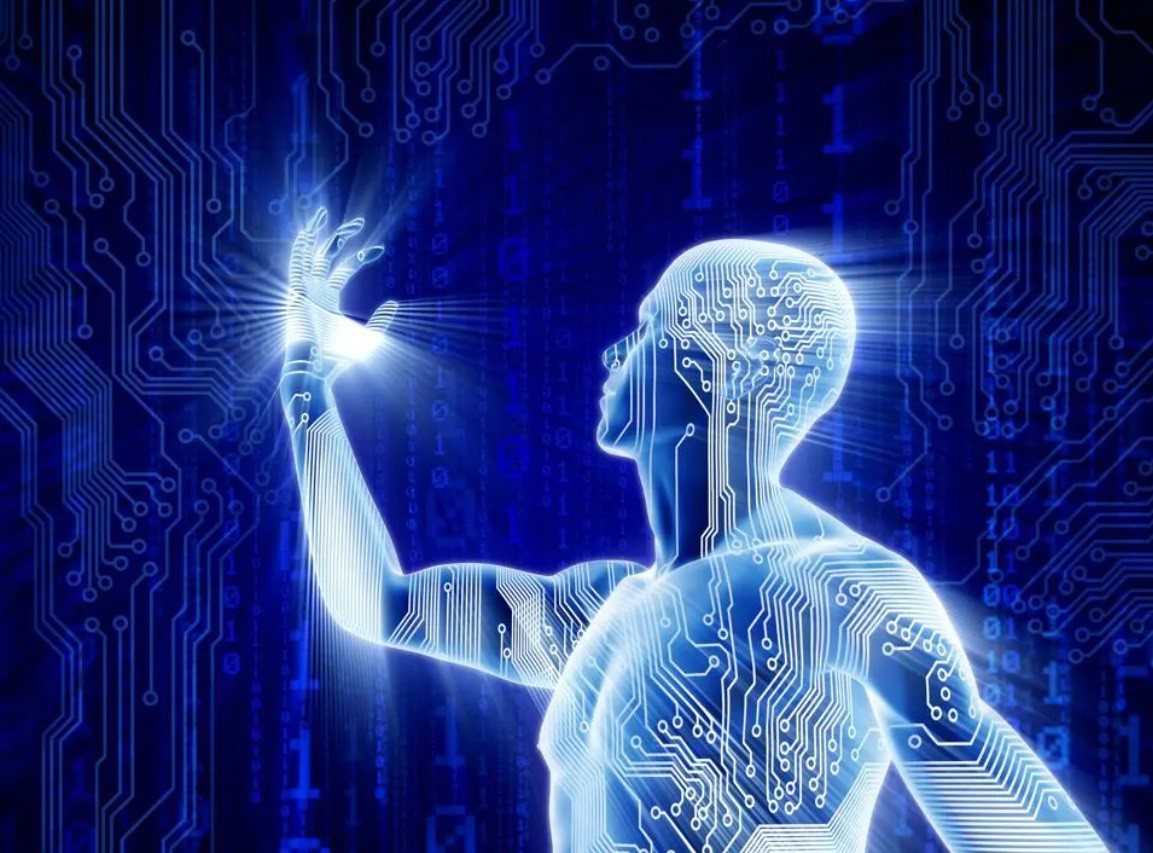
Illustration.
Supercomputers and high-performance computing are respectively the means and mechanisms for solving complex problems at a faster pace. The Frontier supercomputer at Oak Ridge National Laboratory remains the fastest computer in the world and can calculate at a rate of 1.102 million calculations per second.
Cloud Computing - Cloud Computing
Moving and storing data and applications from remote servers over the Internet is called cloud computing. Cloud computing brings cost flexibility, mobility, and increased productivity to business users. Operations and commerce depend on the ability to securely store, prioritize, analyze, distribute, and scale that data. Business data is increasingly moving to hybrid and cloud. According to forecasters, within the next few years, most data processing tasks will be found in the cloud.
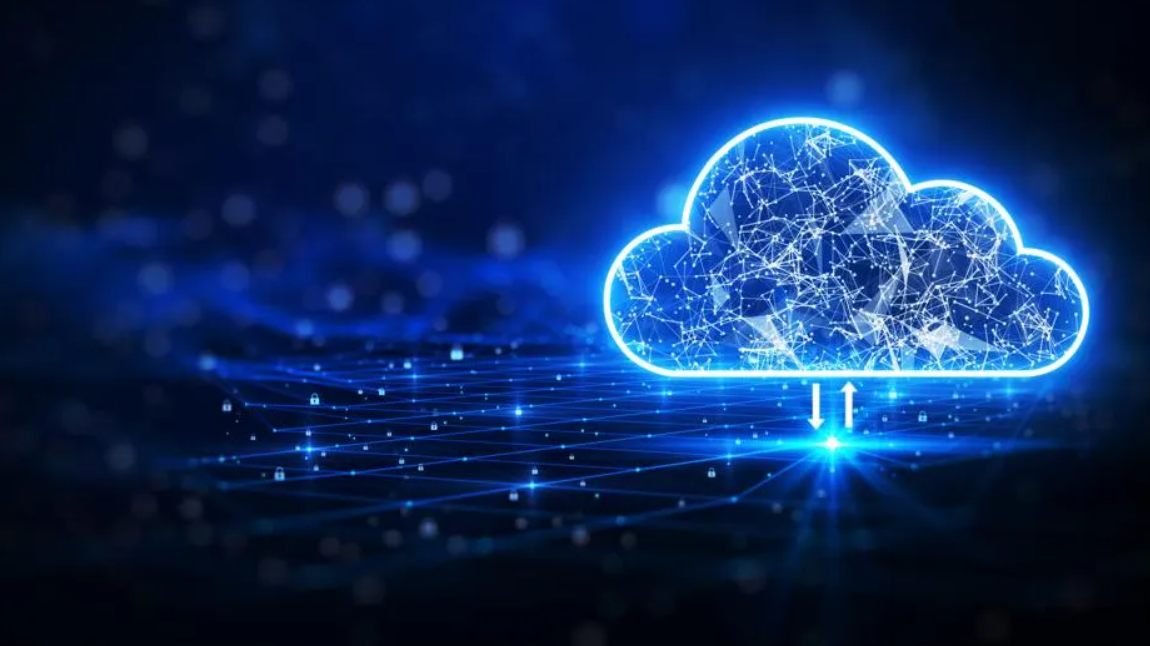
Illustration.
To meet growing demand for storage and analytics, the public and private sectors are building larger data warehouses and cloud data aggregation
The cloud helps improve firewalls and controlled security in terms of cybersecurity. Knowing where data is stored and who is responsible for securing it is one of the key benefits of the cloud.
Edge computing:
Edge computing is a product of the sensor society where anything and everything is connected, commonly known as the Internet of Things. Edge computing places computing power and analytics capabilities close to where data is generated.
Edge computing drives the move to data-driven edge infrastructure and is used to maximize processing speed and reduce bandwidth requirements. Operations and commerce depend on the device's ability to securely store, prioritize, analyze, exchange, and scale data. To reduce latency, edge computing aims to move operations, data storage, and real-time processing closer to the device instead of relying on a central location.
Fog Computing - Fog Computing
Decentralized computing infrastructure is known by the terms fog computing, fog networks, or simply "fuzzing." Data, compute, storage, and applications are placed in the most efficient and effective locations as cloud computing (data centers) is extended to the edge of the network. Often called "beyond the fog," this location sits between the cloud and the data source.
Quantum Computing - Quantum Computing
With quantum computing, civilization is now on the threshold. Quantum computing works by exploiting the special properties of atoms and subatomic particles. Simply put, quantum computers use quantum bits or qubits for digital communication instead of the usual binary bits of ones and zeros. Quantum computing does this by processing Process input data using the unique characteristics of subatomic particles. Atoms are used in quantum computing because they are a physical system that can exist in both 0 and 1 states simultaneously.

Illustration.
Quantum computing can achieve unprecedented processing speeds and predictive analytics, allowing for problem solving. Quantum technology will transform many different fields, such as real-time analytics and cybersecurity. Physicists are designing quantum computers, which can outperform conventional computers and calculate at incredible speeds, possibly creating an entirely new type of analysis and cryptography. Furthermore, because quantum computing is non-deterministic, it can be used to explore a large number of possible solutions simultaneously.
Biological Computing - Biological Computing
The field of advanced biocomputing involves the use of biological products to perform tasks, often requiring the use of materials such as fiberglass and copper wires. DNA and amino acids are often used as biological factors in these studies. Biocomputing will process information using cells (protein synthesis) as well as DNA, proteins and RNA to create new cells. These materials can be used to control natural chemical reactions to perform calculations.
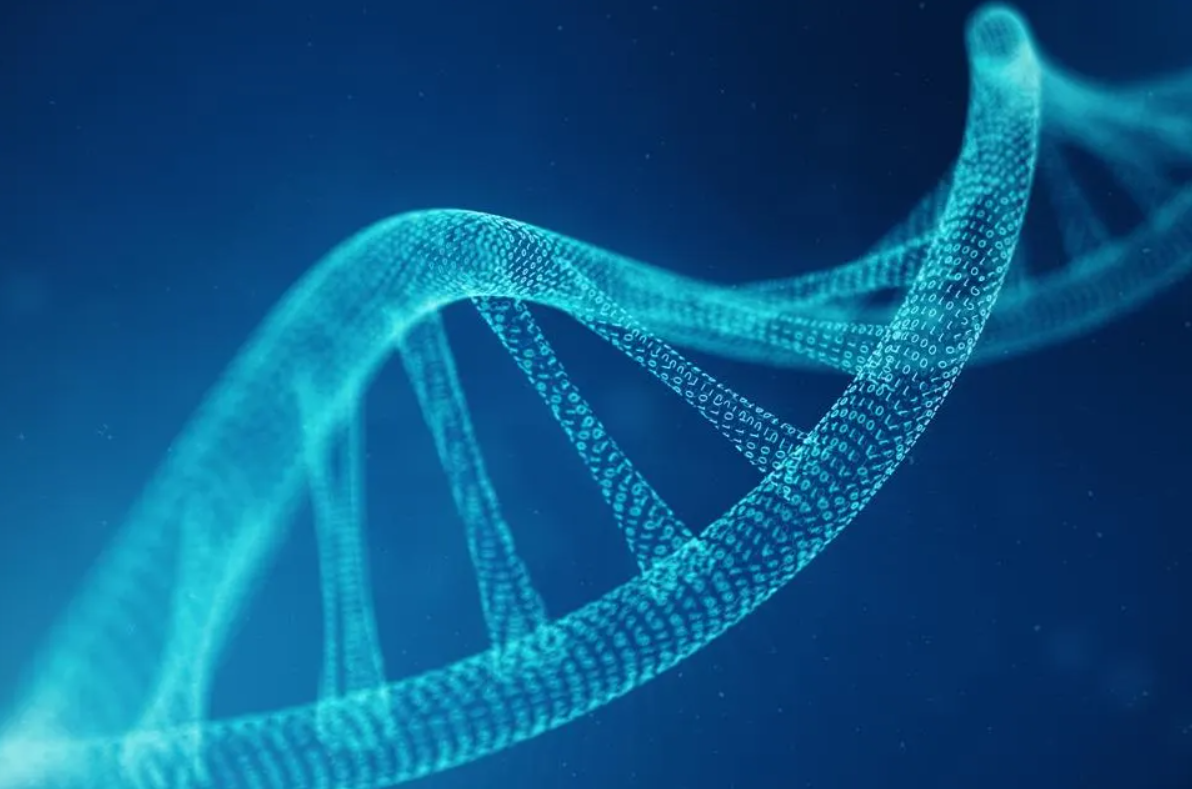
Illustration.
Biocomputers could store data about the DNA of living cells in the future. Using this technology, biocomputers can store limitless amounts of data and perform complex calculations that are currently unattainable.
Optical and Photonic Computing - Optical and Photonic Computing
Optical light pulses used in photonic computing instead of electrical transistors create logic gates for computer computation. To meet the data processing and transmission requirements of next-generation computing, researchers at Aalto University have created light-based optical logic gates. The ultra-fast processing speed of the new optical chirality logic gates is almost amazing. They are millions of times faster than current technologies.
Chemical computing - Chemical computing
Computational chemistry is an additional non-conventional computer processing method. In nature, chemical systems can act as logic gates to perform calculations.
Spatial Computing - Spatial Computing
Spatial computing allows the virtual and physical worlds to blend seamlessly and allows users to interact with computers in a more natural and intuitive way. Headsets for virtual reality, augmented reality, and mixed reality allow users to experience just that. These devices display the real world while incorporating real objects into the frame to create three-dimensional space. Interface components are integrated with the environment. Because of the more natural interaction between the user and the computer system, spatial computing delivers a more engaging user experience.
Human-Computer Interface - Human-Computer Interface
An exciting, promising area of advancement in AI is human-computer interaction, which has the potential to enhance human cognition and memory. The science of brain/computer interfaces has progressed admirably. Brain maps and neural chips are examples of this technology. New technology with implantable sensors capable of capturing brain electrical signals and using them to power external devices is what makes brain-computer interfaces possible.
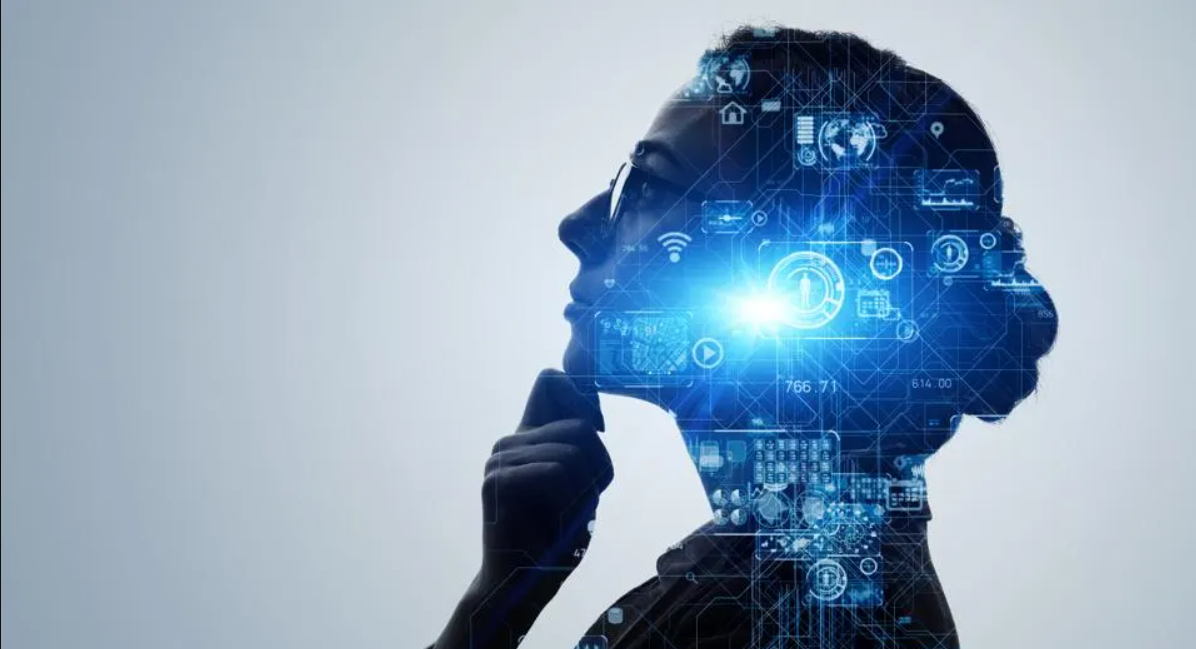
Illustration.
There is even evidence that brain-computer interfaces can interpret thoughts. Most recently, a team of researchers from Stanford University tested a new brain-computer interface (BCI) that can decode speech at a rate of up to 62 words per minute - a 3.4-fold increase. times compared to the previous record. Researchers report that users can send 62 words per minute using a new brain-computer interface (futurism.com)
Add components of artificial intelligence to the computer
Artificial intelligence (AI) systems are aiming to overcome human speed and limitations by imitating human characteristics and computational capabilities in computers. Computers powered by artificial intelligence (AI) are primarily used for automation tasks including: speech recognition, learning, planning, and problem solving. By prioritizing and acting on data, AI technology can make decision-making more effective, especially in larger networks with many users and factors.
Computing paradigms will change exponentially as artificial intelligence is combined with classical, biological, chemical and quantum computing. Artificial intelligence can guide and enhance quantum computing, running in 5G or 6G environments, facilitating the Internet of Things and stimulating materials science, biotechnology, genomics and hyperspace. pillar.
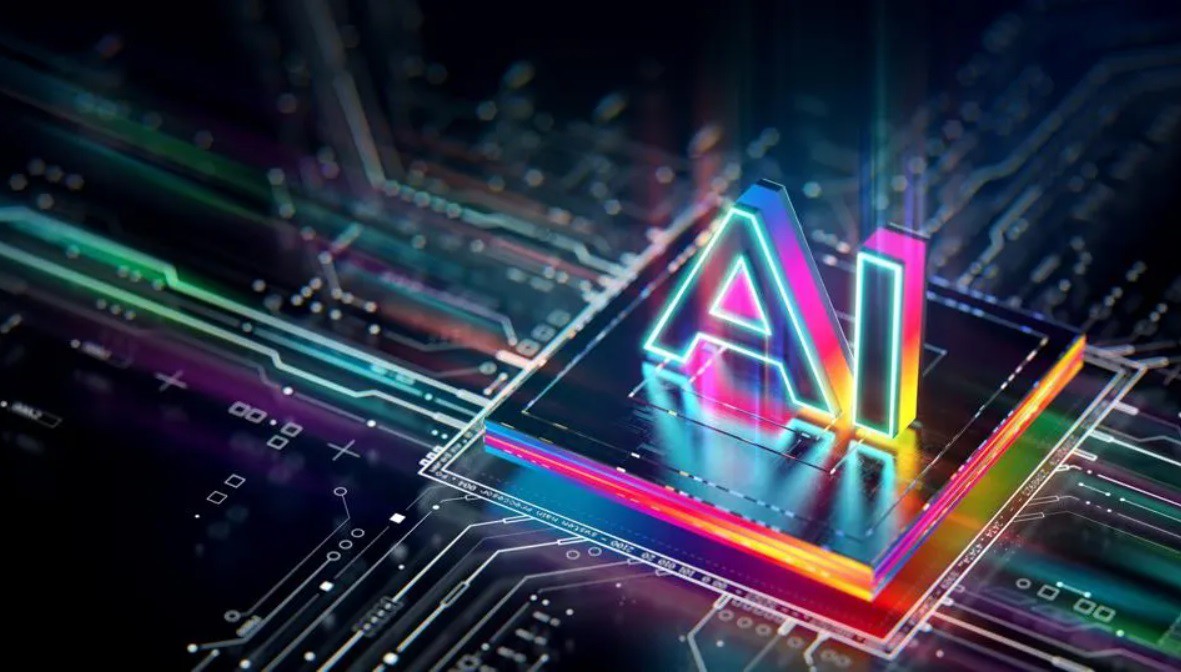
Illustration.
Computers that can perform more than 1 quadrillion calculations per second will be available within the next 10 years. People can rely on intelligent computing software solutions to automate knowledge labor. Artificial intelligence technologies will help improve cognitive performance across all verticals in the future.
Advanced computing can open up a fascinating and surprising future, including: computers that can communicate through light waves, act as human-machine interfaces, self-assemble and self-teach thanks to artificial intelligence. One day, computers may be sentient.
Emerging advanced computing technologies can bring significant benefits but also risks if companies and investors are not ready to adopt them.

